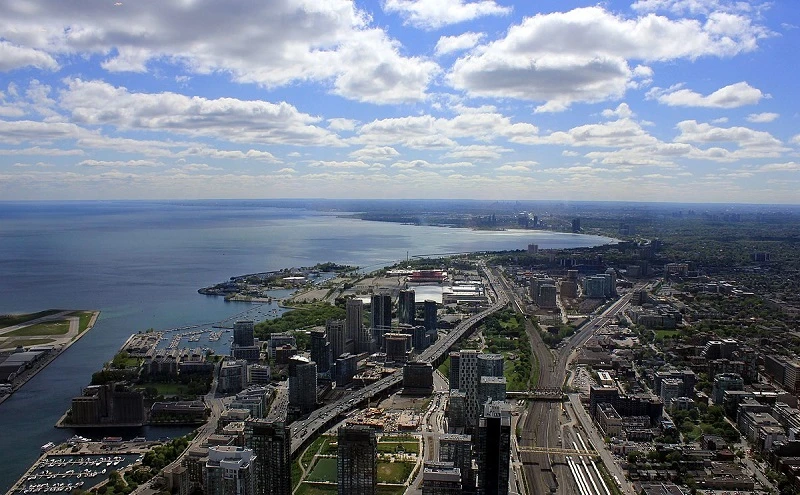
Ontario is commonly referred to as the “Land of a Thousand Lakes.” Given the province’s potential for pure angling, we’d say that’s an understatement. We tried to produce a list of the best fishing lakes in Ontario, but there were simply too many wonderful options.
Fishing in Ontario is incredibly diversified, with over 250,000 lakes, four of which are Great Lakes. Even the most experienced angler will have the chance to make fresh experiences here.
The southern region of Ontario is where the majority of the province’s residents live. This region of Canada is a great vacation spot for both families and professional fishermen because of its kinder climate and proximity to the Great Lakes.
On the other side, you can fish in some of the most pristine waterways in the world if you’re bold enough to travel north.
Stay with us whether you’re planning a fishing excursion or simply want to learn more about the types of angling available in the “Province of Opportunity. In Ontario, you can almost make any fishing trip you can dream up come true.
The only challenging aspect is deciding where to go when there are so many possibilities. Here is a list of incredible Ontario fishing spots, along with descriptions of what makes each one unique, to help you choose.
Algonquin Provincial Park
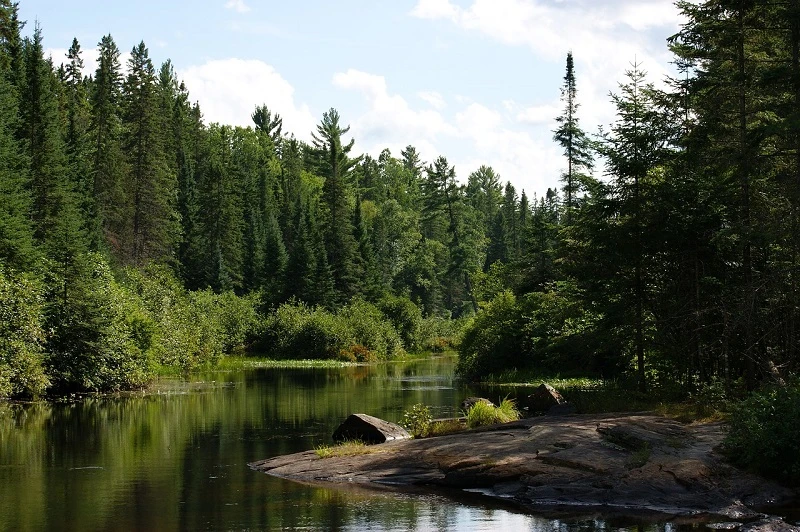
Several multi-day, multi-lake canoe itineraries in Algonquin attract canoe trippers from all around. The majority of canoers don’t fish much, which is excellent news for fishermen. As a result, even though the park is often visited, the fishing is still superb.
The most sought-after catches are gorgeous wild brook trout, especially in the early spring and late autumn, although lake trout and smallmouth bass fishing are also excellent. Just use straightforward tackle, and schedule a leisurely route that allows time to fish the interior. You’ll be satisfied when you leave.
Bay of Quinte
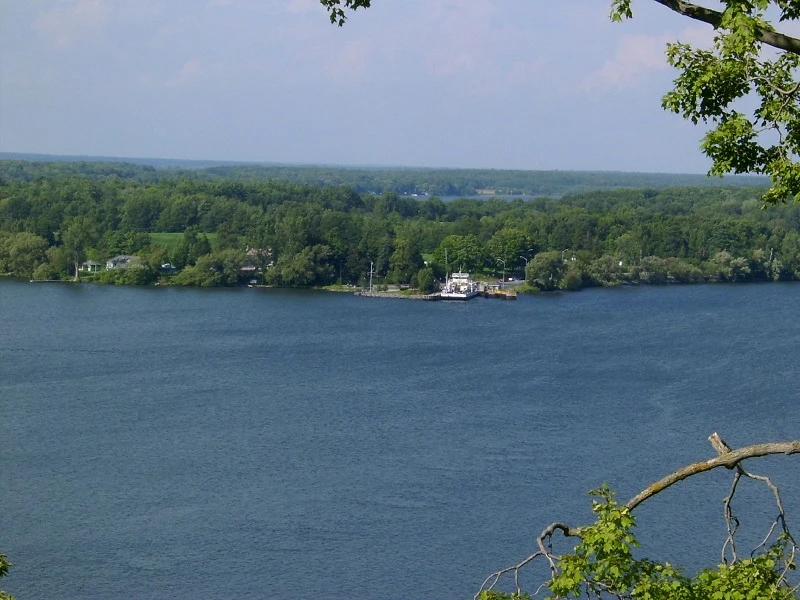
This sizable bay on the north side of Lake Ontario may be the greatest site on earth to capture a 10- or even 15-pound (4.5-6.8 kilogramme) walleye from mid-October till May.
Precision trolling with diving lures is the preferred method for late-fall fishing, while huge spoons and lipless crankbaits are preferred during the ice-fishing season. In addition, there is a sizeable (and underfished) population of largemouth bass on Quinte’s north shore.
The area borders Prince Edward Country, one of Ontario’s premier food and wine districts, and offers a variety of amenities for visiting fishermen, including boat launches, hotels, and guides.
Grand River
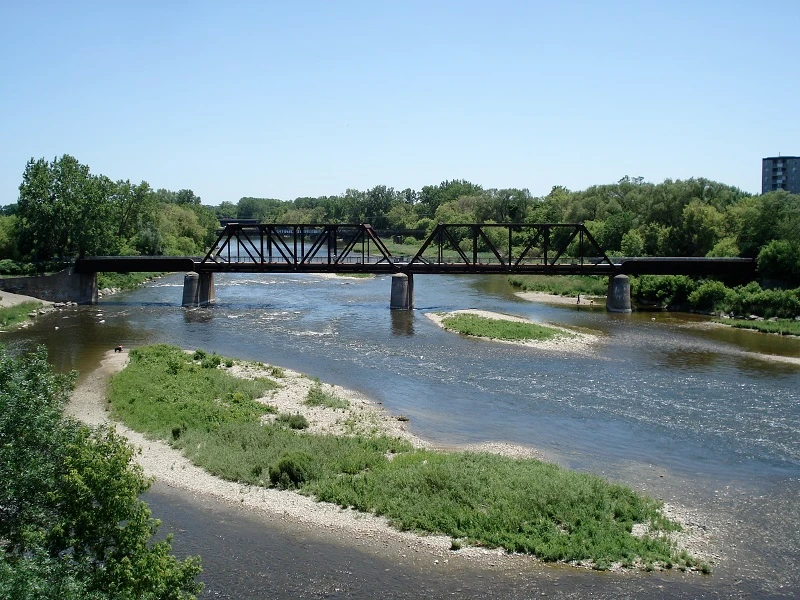
The Grand River is one of the best fishing lakes in Ontario, winding its way 300 km from the Dufferin Highlands in Grey County to Lake Erie. Some of the greatest fly-fishing for large brown trout in Eastern Canada may be found in the rapid upper portions.
The middle half has walleye, smallmouth bass, pike, migrating steelhead and rainbow trout, and is best fished by canoe, kayak, or raft. Along with nearly every other species you can capture in Ontario, including enormous channel catfish, the lower area also contains those four species.
Kawartha Lakes
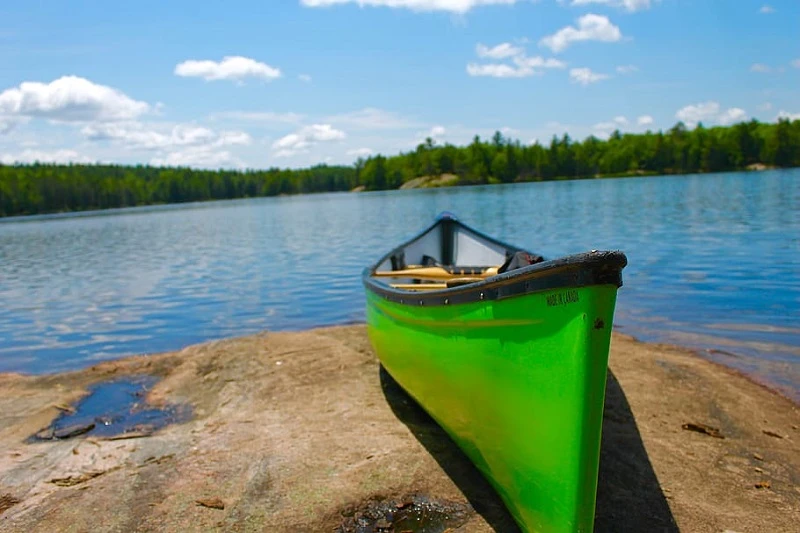
South-central Balsam, Sturgeon, Scugog, and Pigeon are the four largest lakes in the Kawartha area of Ontario, which are connected by the Trent-Severn Waterway. They are encircled by farmland to the south and change to the rocky Canadian Shield region to the north.
With such a diverse terrain, anglers may catch large-mouth and small-mouth bass, walleye, crappies, northern pike, and giant muskies in both warm and cold water. High-end hotels and campers are just a few of the visitor-friendly accommodations and eating options available in this area.
Lac Seul
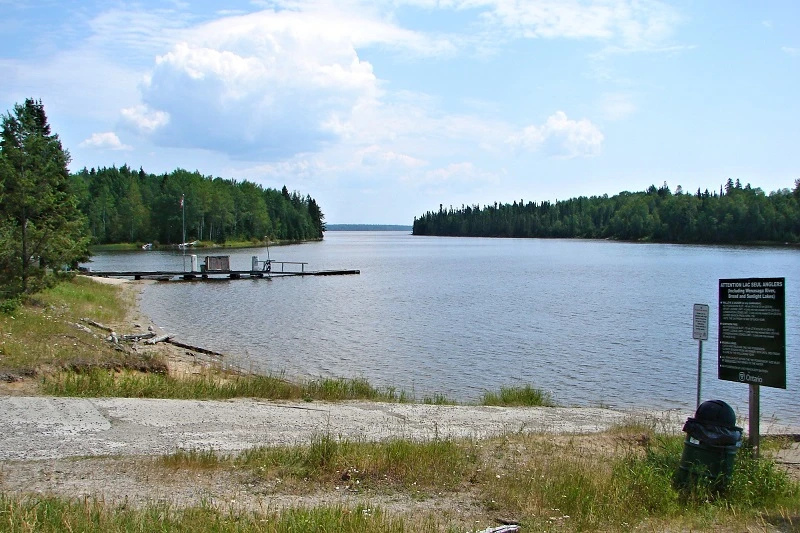
Lac Seul, a vast reservoir northwest of Sioux Lookout, is home to astonishing numbers of walleye measuring between 24 and 30 inches (61 and 76 centimetres). Even in the height of summer, walleyes may be found in these shallow, stained bays that split off from the lake’s main basin.
Additionally, small-mouth bass, yellow perch, and northern pike are abundant. Even larger muskies are raised at Lac Seul, and these fish are known for striking walleye jigs, a terrifying experience. Lac Seul is well supplied by drive-to, boat-in, or fly-in camps despite the location’s remoteness.
Lake Erie
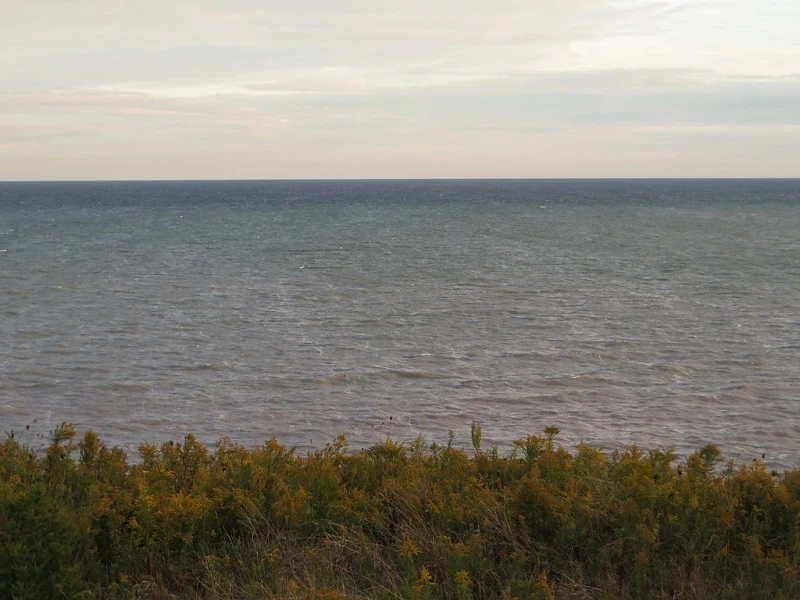
Small-mouth bass is quite common and abundant in Erie, particularly in and near Long Point (a World Biosphere Reserve). Rondeau Bay’s largemouth bass fishing is reasonably well-known. It also harbours an estimated 100 million walleye, which are rapidly expanding.
Even large rainbow trout have grown popular in Erie in recent years. Trolling is the primary method used to catch trout and walleye, and several great charter captains can help you locate them.
Lake Huron
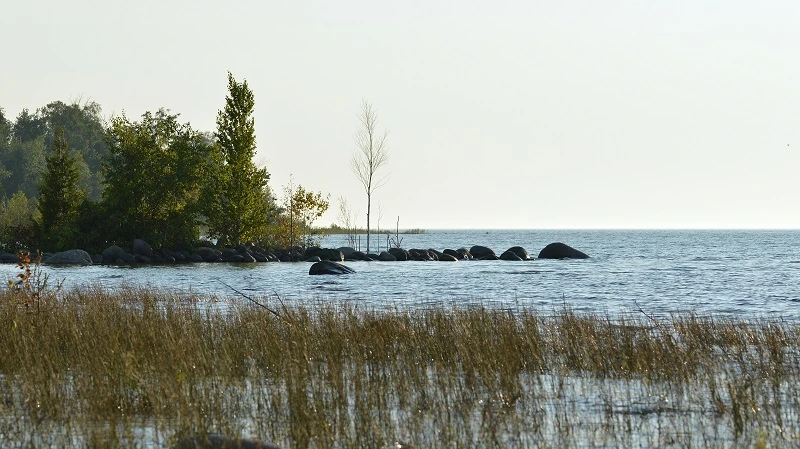
Lake Huron, which is enormous and deep, offers traditional big-water fishing for strong lake trout and jumping salmon. Although the salmon start biting in the autumn, fishing is superb throughout summer.
However, fishing is excellent in Georgian Bay, the lake’s vast east arm, where trophy-sized northern pike and small-mouth bass may be caught. Additionally, Georgian Bay boasts exceptional shore fishing, which is uncommon in prize seas.
Visitors will discover several boat launches, charter services, and a choice of hotel options in this well-liked summer vacation area.
Lake Nipigon
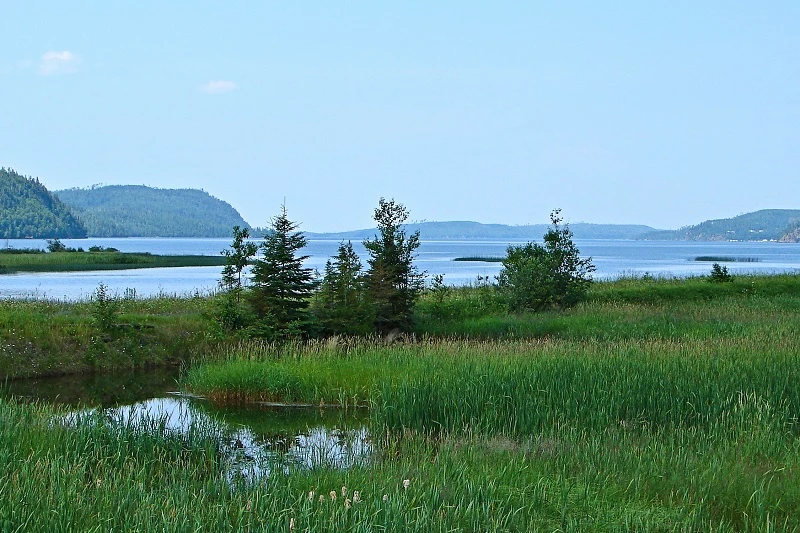
Despite having numerous campers and adequate road access, massive Lake Nipigon features world-class lake trout fishing, the likes of which are generally seen exclusively in the far north, with fish averaging 20 pounds (9 kilograms).
Lake trout may even be caught with light gear in the spring. The shallow bays of the lake are home to several 40-inch (over 100-centimetre) northern pike during the early part of the fishing season. The brook trout is another option.
The Nipigon River, located at the southern end of the lake, is renowned for producing the world record brookie and offers good fly-fishing opportunities from May until the lake freezes over.
Lake Nipissing
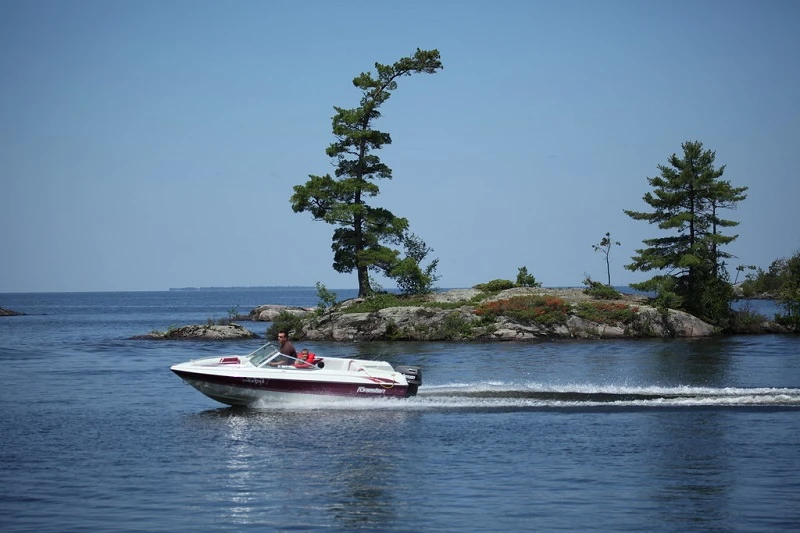
Nipissing, the biggest lake in the Northeast and one of the best fishing lakes in Ontario is long and broad but relatively shallow, with an average depth of about 15 feet (4.5 meters). Long regarded as a walleye factory, bass fishing is considerably better, especially for large-mouths.
Large quantities of huge bass may be found in Nipissing’s weedy shallows and downed trees, along with countless northern pike weighing between 4.5 and 6.8 kilograms and 10 to 15 pounds.
Fall is muskie season when fish of 30 and 40 pounds (13 and 18 kilograms) are not out of the question. Additionally, Nipissing is a short trip from Southern Ontario and offers a variety of lodging options.
Lake of the Woods
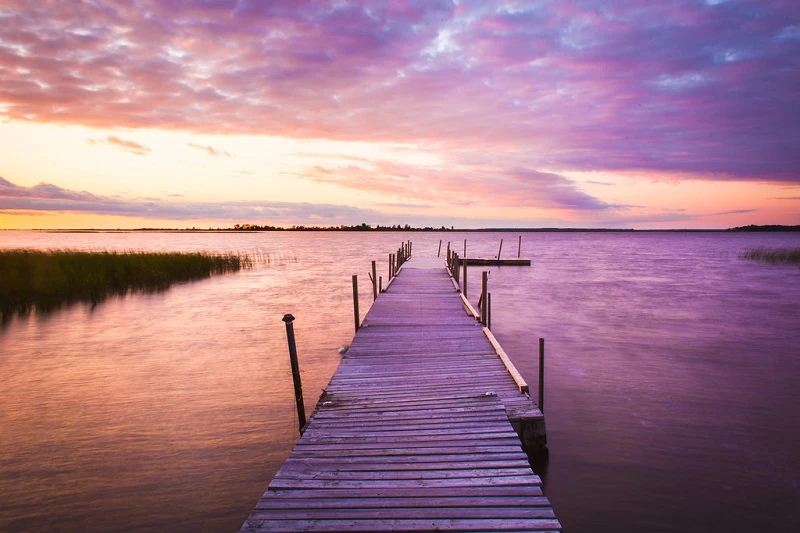
You could fish the Lake of the Woods 365 days a year for many lives and hardly get a taste of the fishing since it is so large and intricate. Trophy fishing for lake trout, northern pike, muskies, walleye, small-mouth and large-mouth bass, and whitefish is taking place, and it’s amazing.
Additionally, it is a year-round fishery with brisk ice fishing activity during the winter. Due to the intimidating immensity of the lake, the majority of tourists hire one of the numerous top-notch local guides.
Lake Simcoe
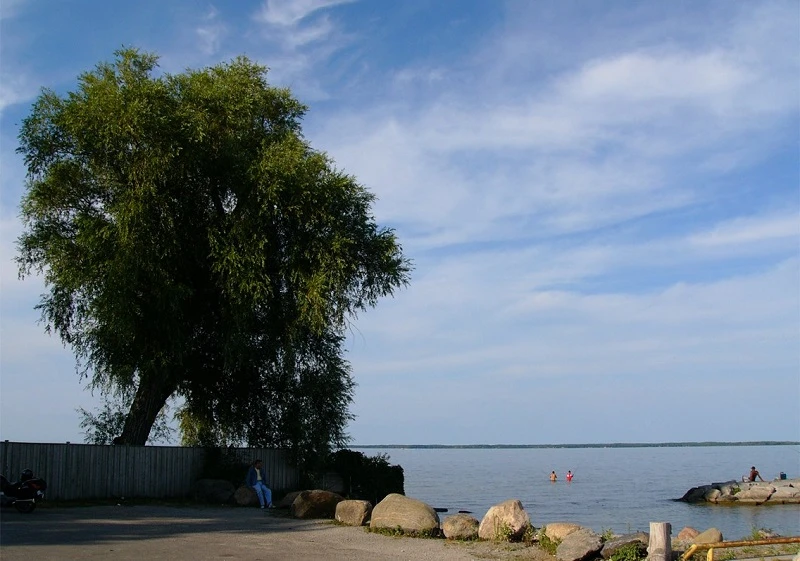
Lake Simcoe, an hour north of Toronto, is surrounded by motels, campgrounds, residences, and cottages, which begs the question, “How can it be so accessible and yet the fishing remains so good?”
Small-mouth bass is large and increasing bigger every year because of their diet of round gobies; every cast might result in a record fish.
Simcoe becomes one of the top ice-fishing spots in the nation throughout the winter. Family-friendly yellow perch fishing is available, while fishermen who travel into deeper water can pursue slender, strong lake trout and whitefish.
Lake St. Clair and Detroit River
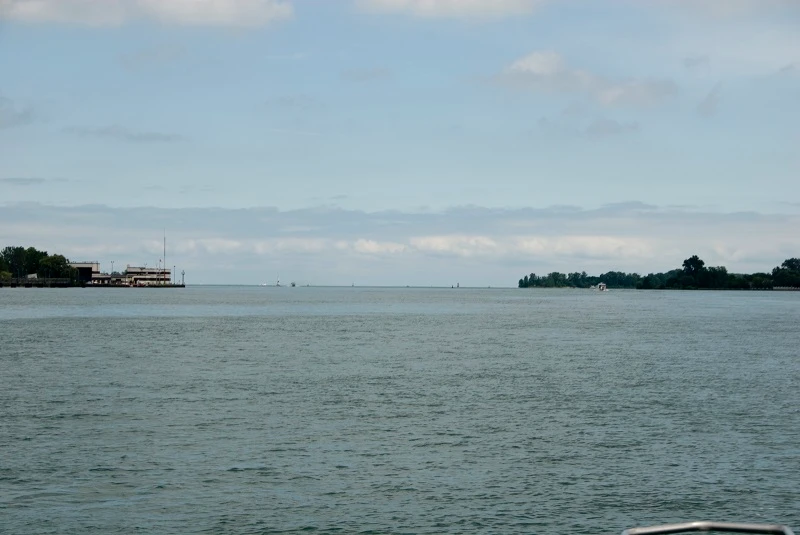
Muskies are referred to be “the fish of 10,000 casts,” but not on Lake St. Clair, where from June through November, you can expect to catch a half-dozen 20- or 30-pounders (10 or 14 kilogrammes) during a single lovely day of trolling.
Although St. Clair is shallow, featureless, and flat (unlike other Ontario bass lakes), it frequently yields more prize small-mouth than any other Canadian lake.
The Detroit River, which connects Lake Erie and Lake St. Clair, also transforms into the centre of the walleye universe from mid-April to mid-may when 10 million fish move through it to spawn.
Lake St. Joseph
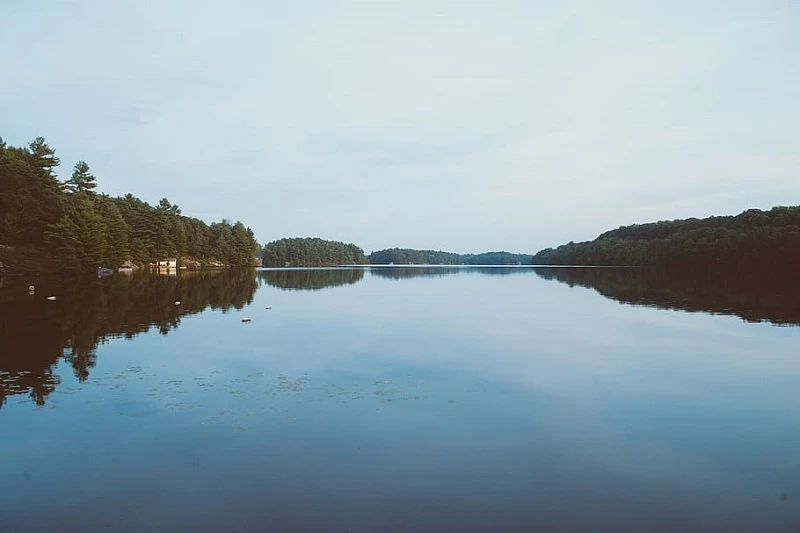
This enormous lake is extremely lonely, being some 500 kilometres north of Thunder Bay, although it is nevertheless accessible by road. Planning is necessary, though, as there are only a few permits available through nearby lodges and outfitters and entry is restricted.
This low pressure makes for exceptional fishing. Walleyes and smallmouth fish are both ravenous. Northern pike is always in season, St. Joseph’s lake trout develop to enormous sizes, and 40-inch (101-centimetre) fish are frequently captured in the shallows, where fly fishing is particularly successful.
Lake Superior
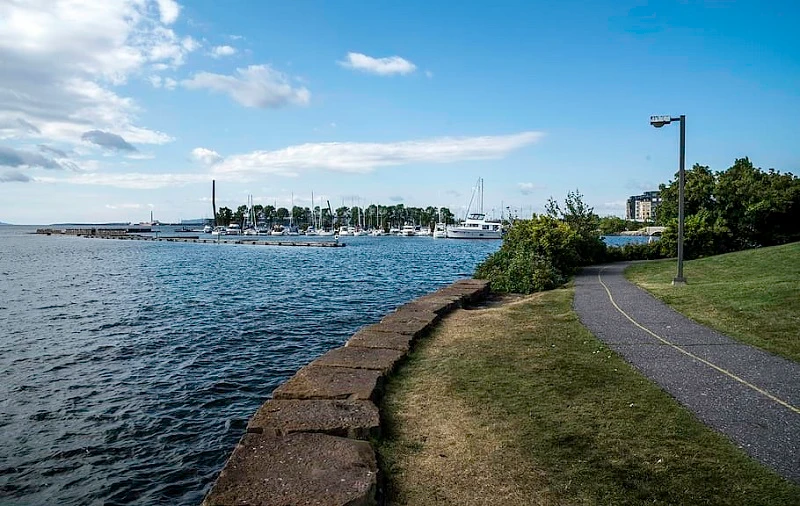
When you first arrive in Superior, you can see why it is often to as an inland sea and why lake trout and salmon thrive in its chilly, clear waters.
Although the lake is known for its unpredictable weather, large fish may be found quite close to shore in the areas of Thunder Bay, Nipigon, and Batchawana Bay.
The numerous rivers and streams that run into Superior along its untamed and gorgeous northern coastline offer fantastic fishing directly from the shore for rainbow trout and enormous “coaster” brook trout.
Lake Temagami
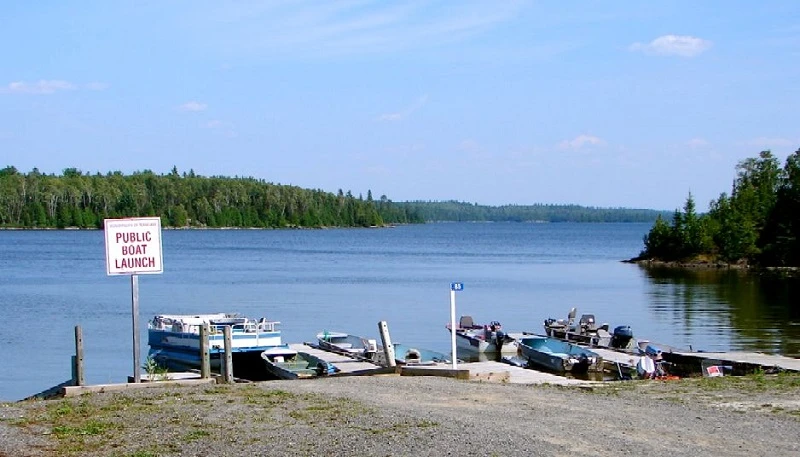
Temagami Lake in Northeastern Ontario is an oddly formed lake with long, uneven arms emerging from a fairly deep main basin. Trolling for large lake trout is usually popular due to the abundance of water.
Jigging may also be used to catch lake trout along shoals and humps, where it’s equally probable that you’ll hook good walleye, smallmouth bass, northern pike, and whitefish due to their abundance.
Temagami, which has a lot of well-established camps and outfitters, is only four hours away from both Toronto and Ottawa, even though it feels wild and lonely.
Missinaibi Lake
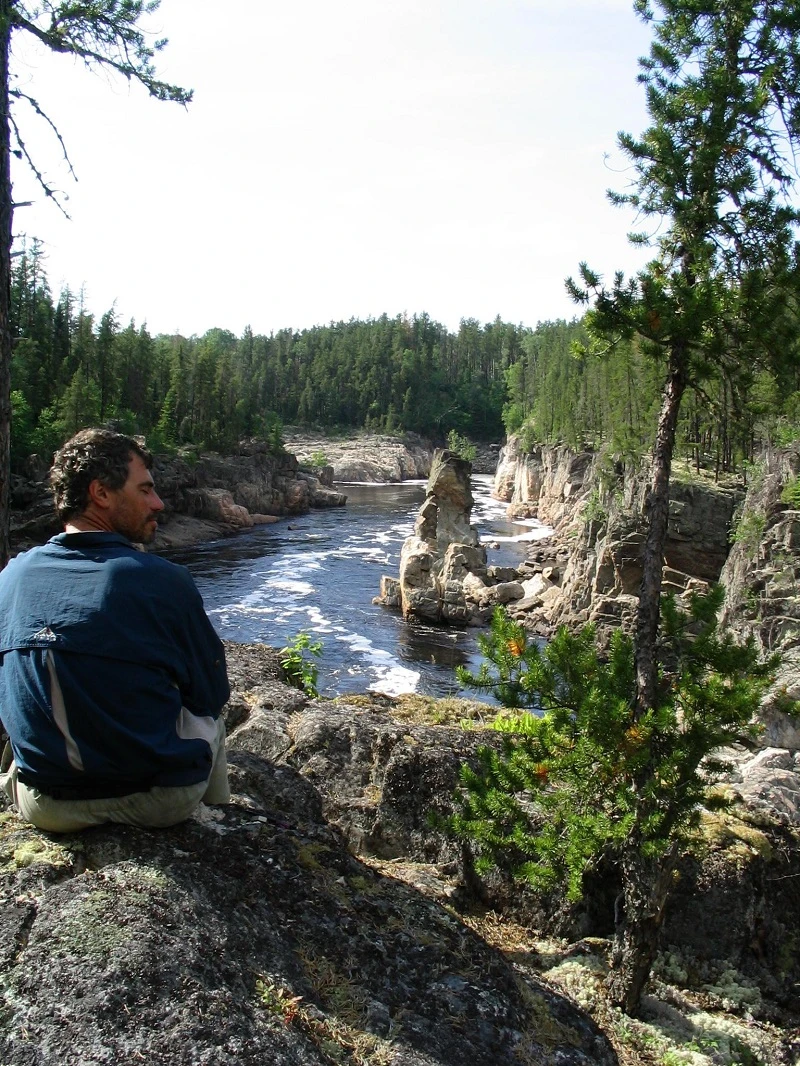
Missinaibi is located in the centre of the world’s largest wildlife preserve, with the sole land access being an 80-kilometre-long logging road snaking north from the town of Chapeau.
The lake is almost 40 miles long, thin, and deep with a nearly undeveloped shoreline. It should come as no surprise that lake trout, walleye, northern pike, and small-mouth bass fishing is fantastic. There are a few outfitters, but Missinaibi Provincial Park, which is ideal for anglers, is where most tourists camp.
Rainy Lake
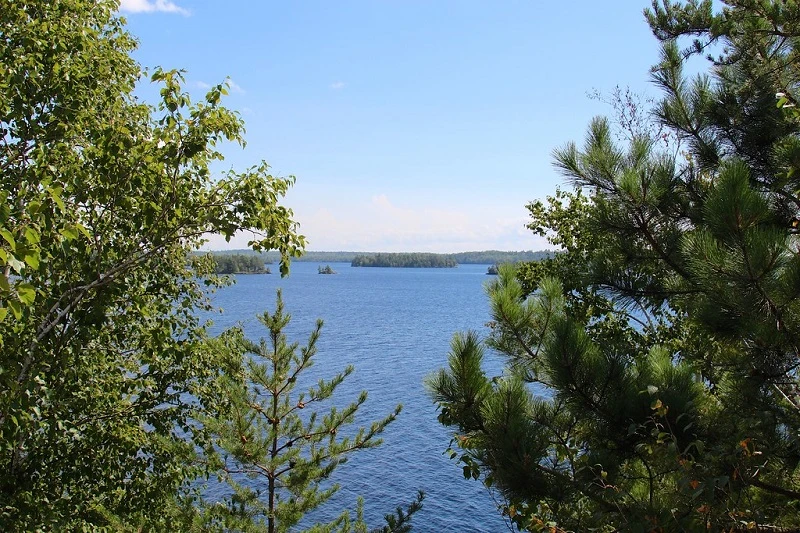
Rainy Lake, which is part of the boundary between Ontario and Minnesota, is a real four-season hotspot that enjoys almost as much popularity in the winter as in the summer. The vast and varied lake features both deep, cool-water holes and shallow, weedy bays.
It supports enormous populations of walleye, which are protected by tight slot-size restrictions, as well as black crappies, smallmouth bass, and a population of beautiful muskies that is underfished.
There are all the amenities a visiting angler may need in this well-known fishing area, including hotels, launching, and boat repair.
St. Marys River
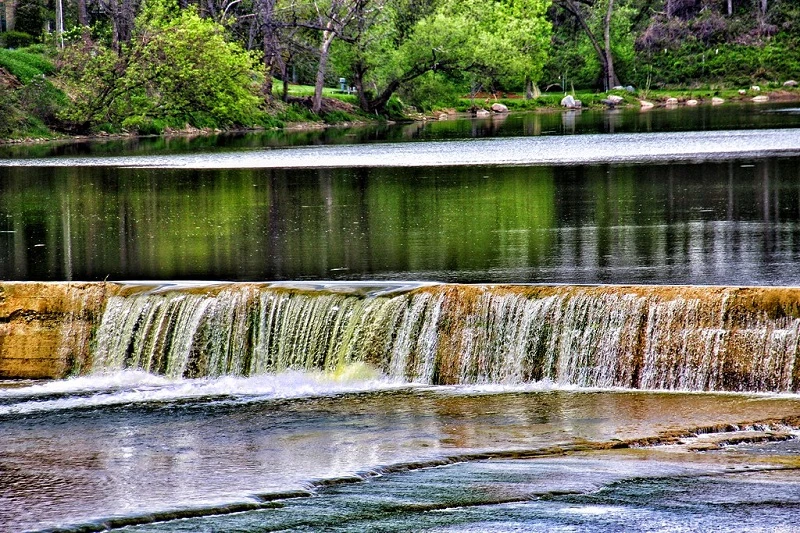
This little river, which runs from Lake Superior to Lake Huron, is home to a remarkable assortment of top-tier game fish, including walleye, chinook, coho, and pink salmon as well as Atlantic salmon, rainbow trout, lake trout, and lake trout.
A list like that can be found nowhere else in Canada, and probably the entire world. Additionally, fly fishing is an effective method for pursuing the majority of species, and the finest activity may be found around the International Bridge, which links Sault Ste. Marie, Ontario, with the town that bears its name in Michigan.
Conclusion
When it comes to the best fishing lakes in Ontario, it’s best to let the local catchphrase, “It’s yours to discover,” speak for itself. This province will satisfy your travel needs, whether they are for a trip with the whole family around the Great Lakes, a daring fly-fishing expedition in the high north, or everything in between. The best part is that you’ll be fishing in some of the world’s most untouched, magnificent scenery.
